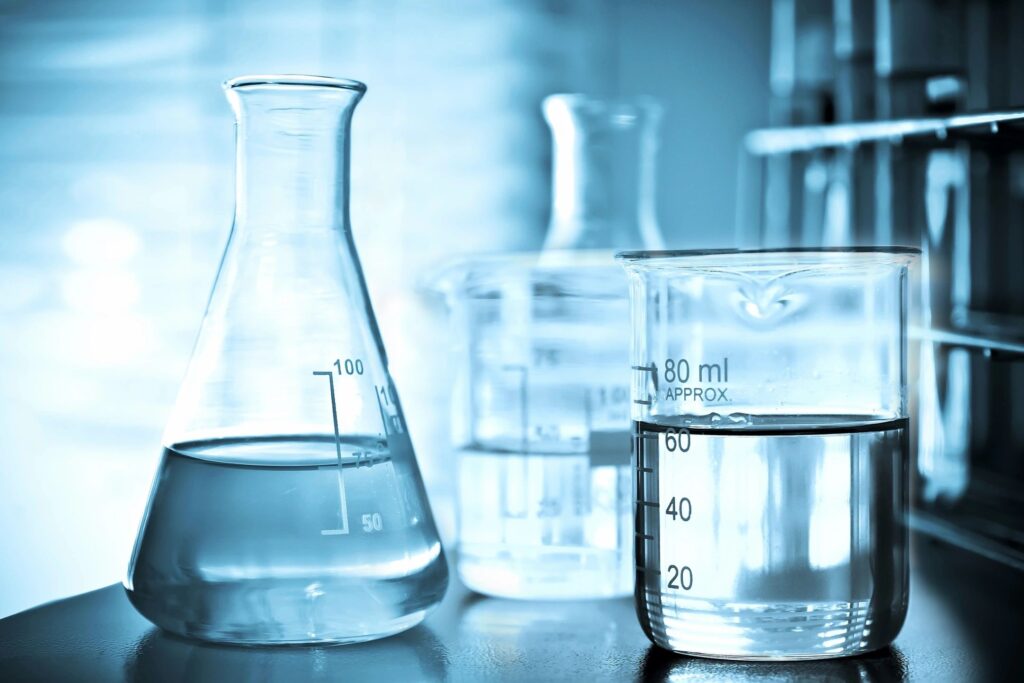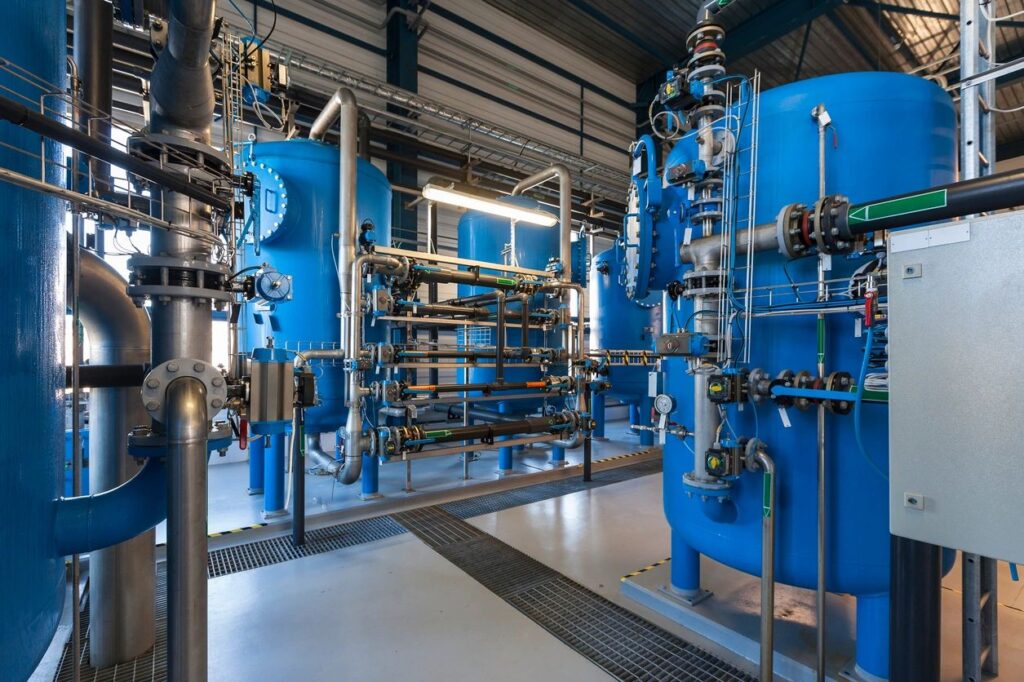
Nitrogen gas, a colorless, odorless, and tasteless element, constitutes approximately 78% of Earth’s atmosphere. While its presence in the air might seem unnoticeable, nitrogen gas plays a crucial role in various laboratory applications across scientific disciplines. From preserving sensitive samples to maintaining controlled environments, the significance of nitrogen gas in laboratories cannot be overstated.
Preservation of Sensitive Samples:
One of the primary uses of nitrogen gas in laboratories is to create an inert environment essential for preserving sensitive samples. Oxygen, present in the air, can lead to oxidation and degradation of many materials, especially those used in biochemical research, pharmaceuticals, and food storage. By displacing oxygen with nitrogen, researchers can prevent undesired chemical reactions and maintain the integrity of their samples over time.
Chromatography and Spectroscopy:
In chromatography and spectroscopy techniques, such as high-performance liquid chromatography (HPLC) and mass spectrometry, nitrogen gas serves multiple purposes. It is used as a carrier gas in gas chromatography to transport samples through the chromatographic column. Additionally, in mass spectrometry, nitrogen gas is utilized as a collision gas in collision-induced dissociation (CID) experiments, aiding in the fragmentation of molecules for analysis.
Controlled Atmospheres:
Certain experiments and processes require precise control over environmental conditions, including temperature, humidity, and gas composition. Nitrogen gas is often employed to create controlled atmospheres in laboratory chambers and glove boxes. These environments are crucial for conducting experiments with sensitive materials, such as semiconductor fabrication, where even trace amounts of oxygen or moisture can adversely affect the outcome.
Chemical Synthesis and Inerting:
Nitrogen gas serves as an inert gas in various chemical synthesis processes, particularly those involving reactive or pyrophoric compounds. By purging reaction vessels and equipment with nitrogen gas, researchers can remove traces of oxygen and moisture, preventing unwanted side reactions and ensuring the safety of the experimental setup. Moreover, nitrogen gas is utilized in inerting applications to displace flammable or reactive gases, reducing the risk of fire or explosion in laboratory settings.
Safety Precautions and Emergency Procedures:
Beyond its role in experimental procedures, nitrogen gas is also employed in laboratory safety measures and emergency protocols. In the event of a fire, nitrogen gas can be used to suppress flames by displacing oxygen and inhibiting combustion.
SIGNIFICANCE OF ON-SITE NITROGEN GAS GENERATOR IN A LABORATORY ENVIRONMENT:

ON-SITE NITROGEN GAS GENERATOR
In the dynamic landscape of modern laboratories, efficiency, cost-effectiveness, and reliability are paramount. Among the many tools and technologies utilized in laboratory settings, on-site nitrogen gas generators have emerged as indispensable assets, revolutionizing the way laboratories handle their nitrogen gas supply. These systems offer numerous advantages over traditional methods of nitrogen gas procurement and storage, significantly impacting laboratory operations and experimental outcomes. On-site nitrogen gas generator offers a multitude of advantages, including independence from external suppliers, cost-effectiveness, customizable gas production, continuous supply, and environmental sustainability. By embracing on-site nitrogen gas generation technology, laboratories can enhance their efficiency, reliability, and safety while optimizing experimental outcomes and driving scientific innovation forward. As laboratories continue to evolve, on-site nitrogen gas generators will undoubtedly remain essential assets, empowering researchers to pursue their scientific endeavors with confidence and precision.
Enquire Now

